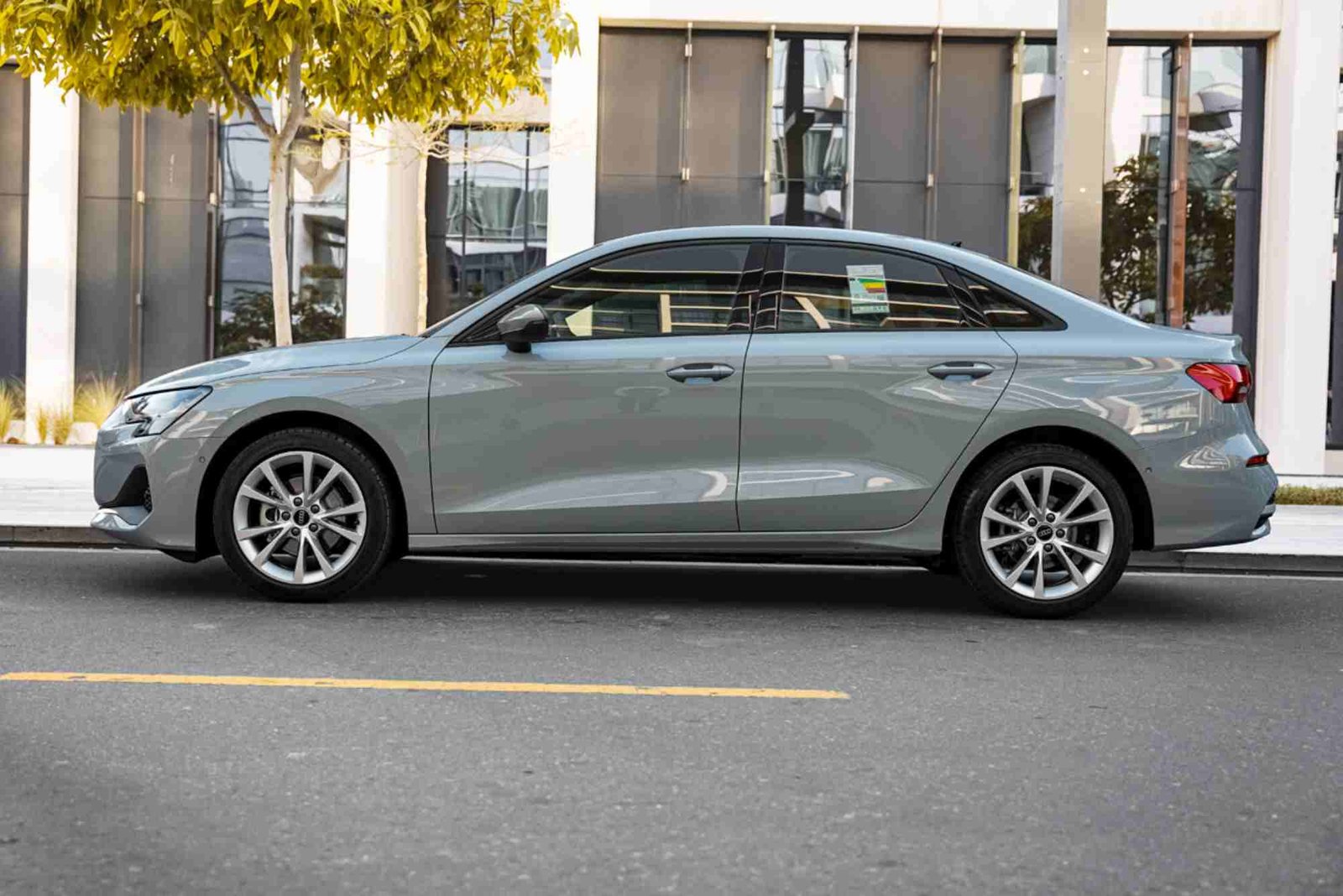In the dynamic world of solar energy systems, scalability and flexibility are key to optimizing performance and ensuring reliability. One of the innovative features that cater to these needs is the ability to support parallel connections with master-slave controlling. The Sungrow SH5.0/6.0/8.0/10RT-20 series of PV hybrid inverters excel in this area, offering advanced capabilities for parallel operation. This blog delves into the concept of master-slave controlling in parallel connections and how this functionality enhances the Sungrow SH series inverters’ performance and adaptability.

Understanding Parallel Connection with Master-Slave Controlling
What is Parallel Connection?
Parallel connection in the context of solar inverters refers to the setup where two or more inverters are connected to work together to manage the energy conversion from DC (direct current) to AC (alternating current) more efficiently across a solar array. This setup is used to increase the overall capacity of the system without the need for a single larger inverter.
Role of Master-Slave Controlling
In a parallel inverter setup, the master-slave controlling mechanism is crucial. One inverter acts as the ‘master’ while the others operate as ‘slaves’. The master inverter manages the overall system performance, synchronizing operations such as phase, frequency, and output power, while the slave inverters follow the directives of the master. This hierarchy ensures that the inverters work harmoniously rather than independently, enhancing the efficiency and reliability of the entire system.
Sungrow SH5.0/6.0/8.0/10RT-20: Mastering Parallel Connectivity
The Sungrow SH5.0/6.0/8.0/10RT-20 inverters are designed to support parallel connections with an efficient master-slave controlling system. Here’s how this feature stands out:
Scalable System Design
These Sungrow inverters allow for flexible system expansion. As energy demands increase, additional SH series inverters can be integrated into the existing setup in a parallel configuration. This scalability is particularly beneficial for growing businesses or households whose energy needs may evolve over time.
Optimized Energy Management
With the master inverter coordinating the operation, the parallel system can dynamically adjust to varying load demands and solar input conditions. This results in more consistent output and improved overall system efficiency, reducing energy wastage and enhancing performance.
Reliability and Redundancy
The parallel setup with master-slave control also provides redundancy. If one inverter fails, others can continue to operate, ensuring that the system remains functional. This redundancy is critical for maintaining uninterrupted power supply in commercial settings and critical applications.
Ease of Maintenance
Maintenance becomes simpler with a master-slave setup. Since the system’s performance data can be centralized through the master inverter, it simplifies monitoring and troubleshooting, saving time and reducing maintenance costs.
Conclusion
The Sungrow SH5.0/6.0/8.0/10RT-20 series of PV hybrid inverters are not just tools for converting solar energy; they are sophisticated devices designed to adapt to and evolve with the user’s energy needs. By supporting parallel connections with master-slave controlling, these inverters offer unmatched flexibility and scalability, ensuring that they can meet both current and future energy demands efficiently. Whether for residential, commercial, or industrial applications, the Sungrow SH series inverters are a smart investment for anyone looking to optimize their solar energy system for maximum performance and reliability.




